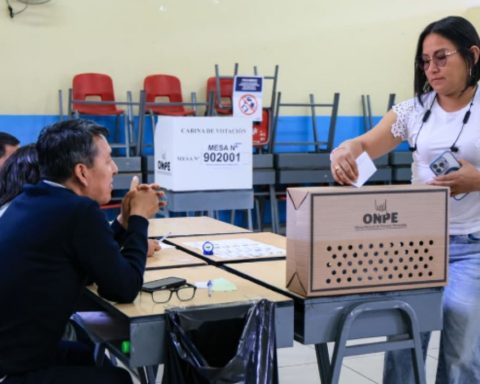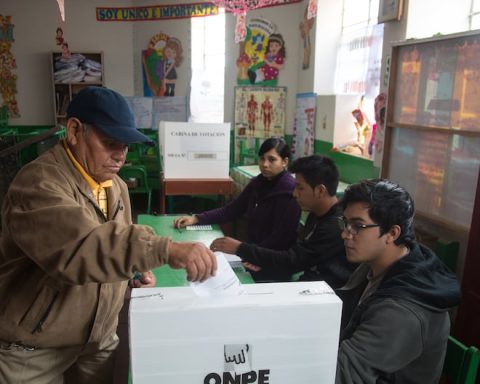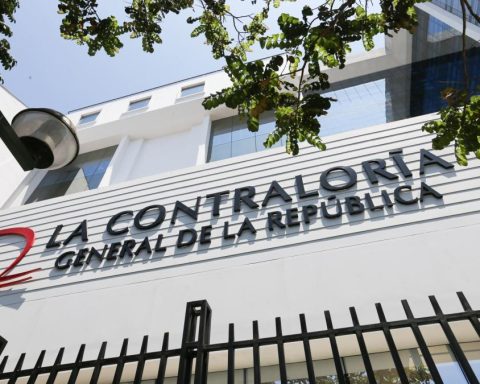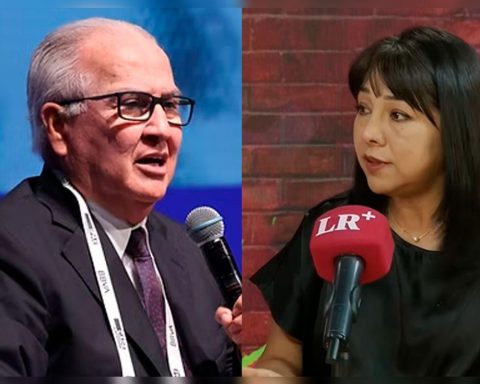When does a subversive movement become a political party? If we look at Peruvian political history, it is a long process, with ups and downs. The most striking example is that of APRA. And there are those who believe that Luminous Path could be reflected in the future in that mirror through its partisan incarnation, the Movadef.
Look: Carlos Basombrío: “The main incentive for extortion is impunity”
Obviously, there are notable differences. He APRA He took up arms against the dictatorships of Sánchez Cerro, Benavides and Odría. It was these dictatorships that branded the party as ‘terrorist’. PathOn the other hand, he declared war on the democracy recovered in 1980. While the APRAs carried out assassinations, the Senderistas killed Quechua-speaking peasants. And, when APRA promoted uprisings, it was always with the promise of legalizing the party and calling elections. It was not the case of Pathwho burned amphorae in Chuschi to show their position regarding the elections.
Unfortunately, Sendero’s advance in the 1980s was due in part to those who confused a terrorist band with a liberating guerrilla. The Apristas themselves had an identity crisis. Enrique Chirinos Soto wrote about that ‘APRA schizophrenia’, which went from El Frontón to the MRTA tunnel praising the Sendero mystique.
The moderation of APRA It is the path that the PRI (former PNR and PRM) followed. That of former revolutionaries like Lula, Mujica, Bachelet, Dilma, Barrantes and Haya himself, leaders who went from prison to power. He Movadef Not only has he not broken with Sendero: he is his incarnation and his Trojan Horse. But the Peruvian tragedy goes further, because even the supposedly democratic left – the one that criticized APRA’s moderation – went from getting on the car bomb of Path (PUM, UNITE) to ally with Pedro Castillo and now with Antauro Humala (Together for Peru).
RECOMMENDED VIDEO

















